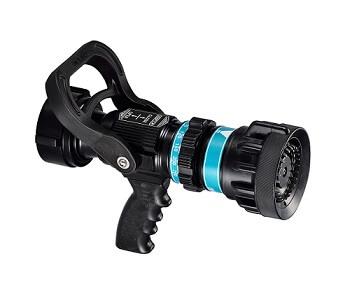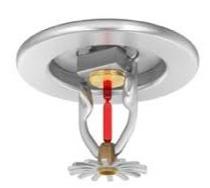What is a Fire Alarm System?
▶ C'mon over to https://realpars.com where you can learn PLC programming faster and easier than you ever thought possible!
=============================
▶ Check out the full blog post over at
https://realpars.com/fire-alarm-system/
=============================
Fire Alarm Systems are designed to alert us to an emergency so that we can take action to protect ourselves, staff and the general public.
Whatever the method of detection is, if the alarm is triggered, sounders will operate to warn people in the building that there may be a fire and to evacuate.
In this video, we will have a look at the structure and types of the “Fire Alarm Systems”.
The “Brain” of the system is the Fire Alarm Control Panel. It is the central hub for all of the detector signals to be wired to and provides a status indication to the users.
The unit can also be set up to simulate an alarm for use in routine Fire and evacuation drills, so all staff knows what action to take in the event of a real fire.
There are a wide array of different types, but we can divide them into groups including Heat detectors, Smoke detectors, Carbon Monoxide detectors, Multi-sensor detectors, and Manual Call Points.
A Heat detector can either work on a fixed temperature basis, where it will trigger an alarm if the temperature exceeds a pre-set value or they can work on the rate of change in temperature.
There are three basic types of smoke detectors including Ionization, Light Obscuring, and Light Scattering.
In the Light obscuring smoke detector, smoke interferes with a light beam between a light source and photocell. The photocell measures the amount of light it receives.
The variation in photocell output is being used to initiate an alarm. This type of detection can be used to protect large areas with the light source and photocell positioned some distance apart.
The light scattering smoke detector operates on the Tyndall effect; a photocell and light source are separated from each other by a darkened chamber such that the light source does not fall on the photocell.
The photocell output is being used to initiate an alarm.
Carbon monoxide detectors are known also as CO fire detectors and are electronic detectors used to indicate the outbreak of fire by sensing the level of carbon monoxide in the air.
Carbon Monoxide fire detectors use the same type of sensor as those in the home but are more sensitive and respond more quickly.
Carbon monoxide detectors have an electrochemical cell, which senses carbon monoxide, but not smoke or any other combustion products.
The Multi-sensor detectors combine inputs from both optical and heat sensors and process them using a sophisticated algorithm built into the detector circuitry.
When polled by the control panel the detector returns a value based on the combined responses from both the optical and heat sensors. They are designed to be sensitive to a wide range of fires.
A Manual Call Point or Break Glass Call Point is a device which enables personnel to raise the alarm by breaking the frangible element on the fascia; this then triggers the alarm.
Fire Alarm Systems can be broken down into four main types; “Conventional”, “Addressable”, “Intelligent Fire Systems” and “Wireless Systems”.
In a Conventional Fire Alarm System, physical cabling is used to interconnect several call points and detectors, the signals from which are wired back to the main control unit.
The detection principle of an Addressable System is the same as a Conventional System except that each detector is given a set Address (usually by means of a dip-switch) and the Control Panel can then determine exactly which detector or call point has initiated the alarm.
In our next type of System, which is an Intelligent Fire Alarm system, each detector effectively incorporates its own computer which evaluates the environment around it and communicates to the Control Panel whether there is a fire, fault or the detector head needs cleaning.
The final type of system we will consider is the Wireless Fire Alarm System. These are an effective alternative to traditional wired fire alarm systems for all applications.
=============================
Missed our most recent videos? Watch them here:
https://realpars.com/ip-rating/
https://realpars.com/pid-tuning-parameters/
http://realpars.com/et-200sp-base-unit/
=============================
To stay up to date with our last videos and more lessons, make sure to subscribe to this YouTube channel:
http://goo.gl/Y6DRiN
=============================
TWEET THIS VIDEO https://ctt.ac/f8YIK
=============================
Like us on Facebook: https://www.facebook.com/therealpars/
Follow us on Twitter: https://twitter.com/realpars
Follow us on LinkedIn https://www.linkedin.com/company/realpars
Follow us on instagram https://www.instagram.com/realparsdotcom/
#RealPars #electricalengineering #FireAlarmSystem
Reageren is niet mogelijk in deze cursus.
Deel deze inhoud
Koppeling delen
Deel op sociale media
Delen via email
Alsjeblieft in te loggen om dit te delen Video via e-mail.










